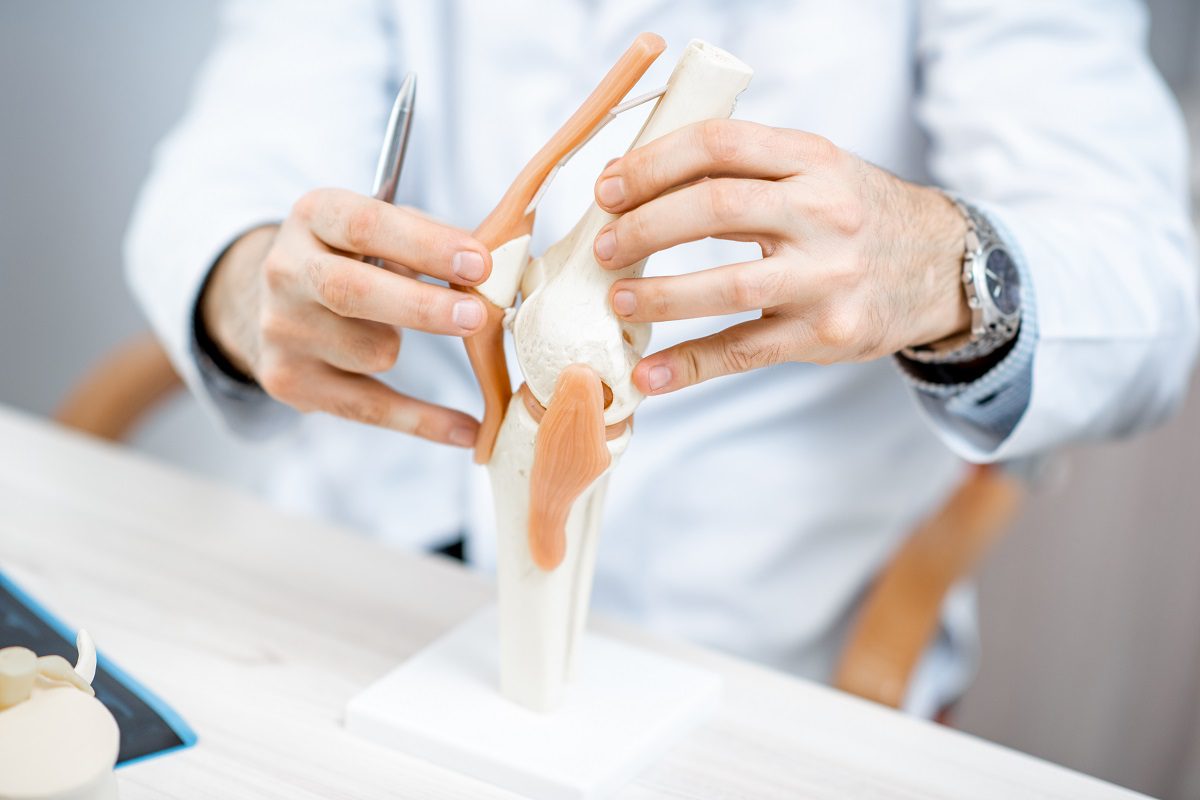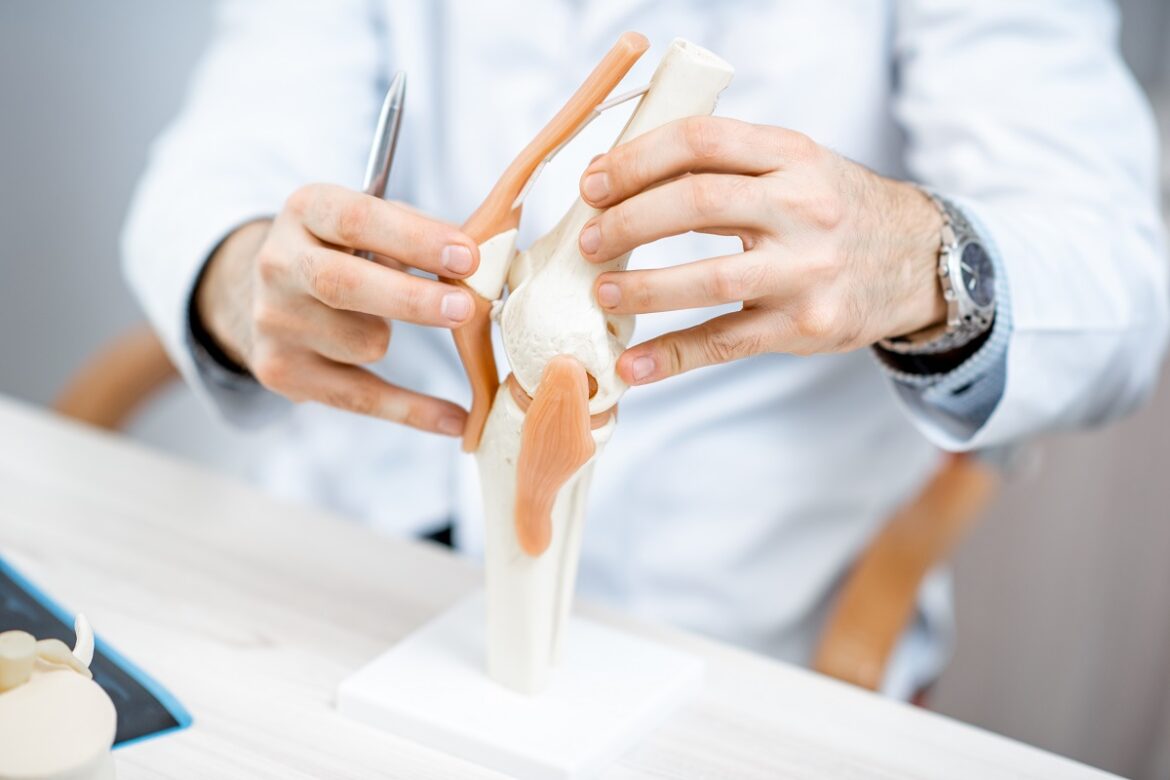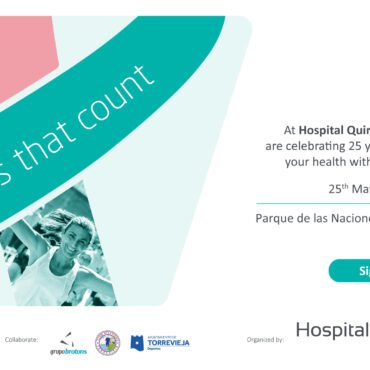-
 play_arrow
play_arrow
BayRadio Listen Live Broadcasting in Spain


Close-up of the therapist showing knee joint model during the medical consultation
With arthroscopic surgery, most patients can leave hospital on the same day as their procedure and experience rapid recovery.
Over the years, joints accumulate impacts, and wear and tear can lead to pain. In fact, for some individuals over the age of 30, knee pain is part of daily life. The same applies to younger people who have suffered injuries such as ligament tears or meniscus damage. These traumas, often associated with physical activity, can be treated with simple, minimally invasive procedures like arthroscopic surgery.
From Quirónsalud Alicante, Dr. Néstor Zurita, head of the Advanced Traumatology Unit, states that the progressive advancement in arthroscopic instruments and knowledge has been one of the milestones in the history of this specialty. It has redefined anatomy, enhanced the understanding of known pathologies, and defined new types of injuries, as well as enabled the treatment of processes that previously lacked options.
What is Arthroscopy?
Arthroscopy is a surgical procedure used in Orthopaedics and Traumatology to diagnose and treat various problems and diseases located within a joint. This intervention allows, through a minimal incision that leaves little to no scarring, a complete view of the joint via the arthroscope—a small, elongated tube-like instrument measuring 4.5 mm in diameter, which captures high-quality images of internal structures through optics connected to a television camera.
In addition to obtaining images, during arthroscopy, the patient is treated, allowing for the surgical procedure to be carried out with equal or greater efficacy than if the joint had to be fully opened. “As a very minimally invasive method,” notes Dr. Zurita, “it reduces hospital stay times, enabling patient discharge even on the same day as the procedure in most cases, and ensures early recovery.”
In What Cases is It Recommended?
As Dr. Fernando Jordá, head of the Knee Unit at Quirónsalud Torrevieja, points out, any injury affecting the interior of the joint that does not require large implants is generally suitable for arthroscopy. Specifically, the knee is the joint where this technique is most frequently performed.
Meniscus injuries are one of the most common pathologies in the knee, and their treatment is almost always arthroscopic. The meniscus is a cartilage that provides cushioning in the knee, and its injury often causes pain, especially during movements such as bending. “Thanks to arthroscopy, which allows for visualisation and intervention on the tissue, we have been able to define numerous patterns of rupture. The treatment for tears at the inner edge of the meniscus involves trimming it, as it has no healing capacity, but progress has led to attempts to heal and preserve as much of the meniscus as possible, with ongoing and unstoppable development of techniques to repair its various forms of rupture,” explains Dr. Jordá.
In the case of anterior cruciate ligament (ACL) injuries, these tears are well-known in sports circles, typically occurring from trauma that angles the knee inward while flexed and supported, often accompanied by a body twist. Once ruptured, this ligament, except in very particular cases, cannot be repaired; instead, it is replaced with another ligament taken from the patient’s own knee, which is positioned in place of the torn ACL to perform the same stabilising function.
Other situations that require arthroscopy for diagnosis or treatment include:
- Wear or degeneration of articular cartilage.
- Fragments or loose bodies of bone or cartilage within the joint.
- Inflammation of the synovial lining.
- Malalignment or tendency to dislocate.
- Rupture or degeneration of tendons.
Care After Arthroscopy
As the scar generated from this surgery is minimal, post-operative care is simpler. To achieve rapid and effective healing, it is necessary to care for the dressings, avoid dirty and dusty environments, and keep the surrounding area dry. To prevent swelling or oedema, it is advisable to sit or lie down with the foot elevated as much as possible and avoid having the operated leg in a downward position. It is also common to require the use of crutches to limit weight-bearing on the operated leg.
Rehabilitation: A Crucial Role in Recovery
Rehabilitation plays a vital role in returning to daily activities. After arthroscopy, it is essential to generate appropriate and consistent stimuli on the treated joint to restore its full capabilities. In this case, physiotherapists are responsible for overseeing this recovery process, so the greater the communication and interaction between these professionals and the surgeons, the better the final results.
The time that typically elapses from the performance of arthroscopy until the patient can resume their usual routines varies depending on the pathology being treated. For meniscal injuries, the usual recovery period is about 4 to 6 weeks, while ligament injuries may take 6 to 9 months.
The Benefits of Arthroscopy
Compared to open surgery, arthroscopy offers numerous benefits:
- It minimises damage during the surgical process to access the area being treated.
- It allows for visualisation of the entire joint, unlike open surgery, which is limited to the view from the incision. With arthroscopy, the rear part of the joint can be seen.
- The tissues are magnified, similar to using a magnifying glass, by about 3-4 times. This, along with the high-definition images, allows for a much better assessment of the tissues, delineating injuries with far greater precision.
- The risk of infection is significantly reduced, as there are no exposed fields to the environment, and the procedure is usually conducted with a constant flow of saline solution that continuously washes the surgical area.
- All of this leads to a reduction in hospital stay duration, pain, complications, and an improvement in recovery speed.
Request More Information About Knee Surgery at Quirónsalud Alicante
Request More Information About Knee Surgery at Quirónsalud Torrevieja
Written by: Lily
Similar posts
Recent Posts
- British buyers still top foreign home purchases in Spain: despite Brexit, UK leads the way in 2024
- Torrevieja unveils the charity race “5K Steps That Matter by Quirónsalud” in aid of AFECÁNCER
- Discover how breast reduction can transform your life: from pain to confidence
- Reclaim your shape, reclaim your confidence: The transformational power of a tummy tuck
- Magnetic Endoscopic Capsule: A Revolution in Digestive Diagnosis

Ctra. Cabo La Nao, CC La Nao, Local 6 03730 Javea, Alicante, Spain
Advertise with us
Do you have a business in Spain? Do you provide a service to the expat community in Spain? Would you like your message to reach over 500.000 people on a weekly basis?
BayRadio is a community orientated radio station offering fantastic content to our many listeners and followers across our various platforms. Contact us now and find out what Bay can do for you!
Our business is helping your business grow.
BAY RADIO S.L. © 2024. ALL RIGHTS RESERVED. WEB DESIGN BY MEDIANIC








Post comments (0)